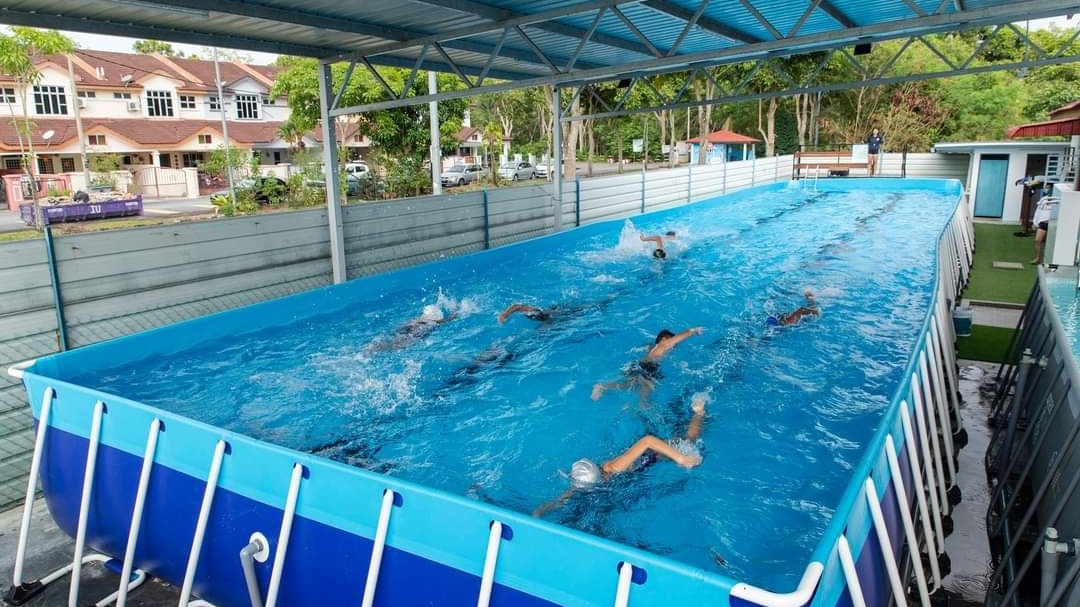Swimming is often perceived as a sport of grace and strength, where athletes move effortlessly through the water. However, behind the scenes, professional swimming demands extraordinary dedication, discipline, and sacrifices that extend beyond the pool. The journey to becoming a top-tier swimmer comes with significant financial, physical, and personal costs that many outside the sport rarely see.
The Financial Strain
Unlike mainstream sports such as football or basketball, swimming does not guarantee lucrative contracts or high-profile endorsement deals for most athletes. While Olympic champions and world record holders may secure sponsorships, the majority of professional swimmers struggle to make ends meet. Training costs alone can be staggering, with expenses including coaching fees, pool rentals, specialized gear, travel costs for competitions, and sports nutrition.
For many swimmers, funding their careers requires a mix of sponsorships, grants, and sometimes even part-time jobs. National sports federations provide support for elite athletes, but financial assistance is often limited, making it challenging for those outside the top ranks to sustain their careers. As a result, many swimmers rely on crowdfunding or personal savings to continue competing at the highest levels.
The Physical Toll
Swimming is a physically demanding sport that places immense strain on the body. With training sessions lasting several hours a day, swimmers are at constant risk of injuries such as shoulder impingements, knee pain, and chronic fatigue. The repetitive nature of swimming strokes can lead to overuse injuries, forcing athletes to undergo rigorous rehabilitation and physiotherapy to stay in peak condition.
Beyond the immediate physical stress, the long-term effects of professional swimming can be severe. Many retired swimmers experience lingering joint pain, reduced mobility, and muscle imbalances due to years of high-intensity training. The toll on the body is undeniable, making recovery and self-care crucial aspects of a swimmer’s career.
The Personal Sacrifices
A career in professional swimming requires an all-consuming commitment that leaves little room for personal life. Early morning training sessions, strict dietary regimens, and frequent travel for competitions mean that swimmers often miss out on family events, social gatherings, and traditional career opportunities. Balancing relationships and a demanding training schedule can be incredibly difficult, with many athletes postponing higher education, job opportunities, or even starting families.
Mental health challenges are another significant aspect of the sport. The pressure to perform, the fear of injury, and the constant pursuit of perfection can lead to anxiety, depression, and burnout. Many swimmers work with sports psychologists to manage stress and stay mentally strong, but the emotional burden remains a significant challenge.
Conclusion
Swimming for a living is more than just competing in races—it is a lifestyle that demands immense sacrifice, resilience, and passion. While the rewards of standing on a podium or representing one’s country are unparalleled, the hidden costs of the sport can be overwhelming. For those who dedicate their lives to swimming, the true test of their commitment extends far beyond the pool, shaping them not only as athletes but as individuals who have embraced the challenges of pursuing their dreams.

